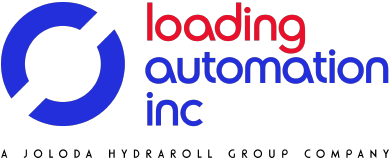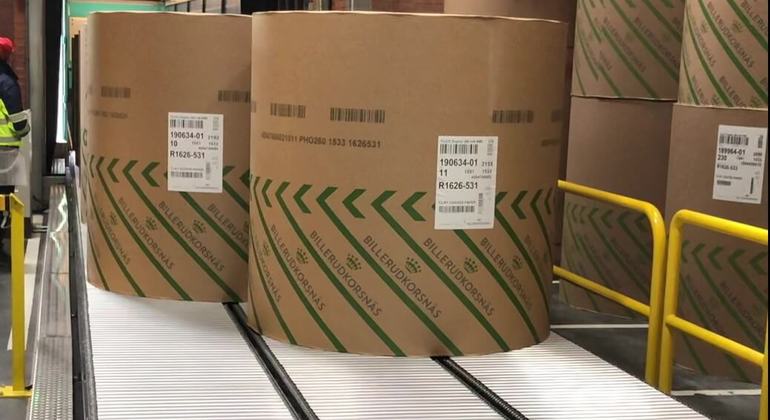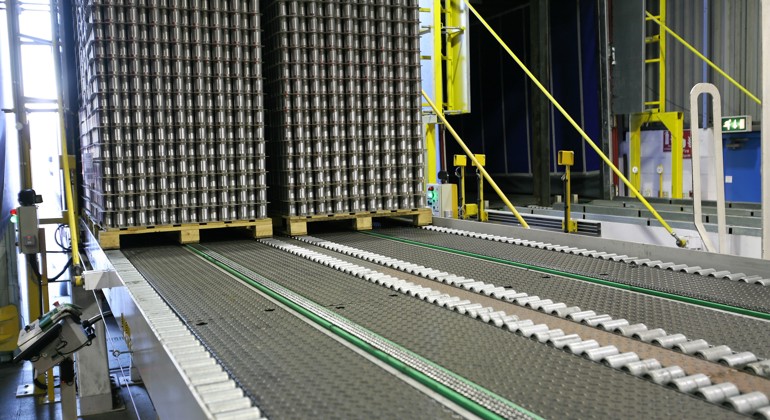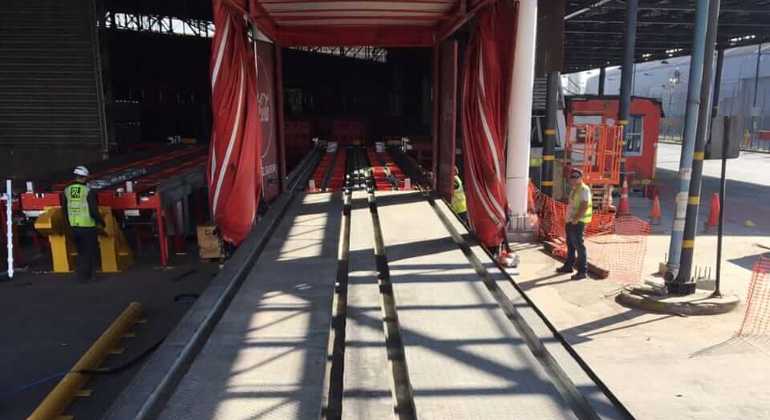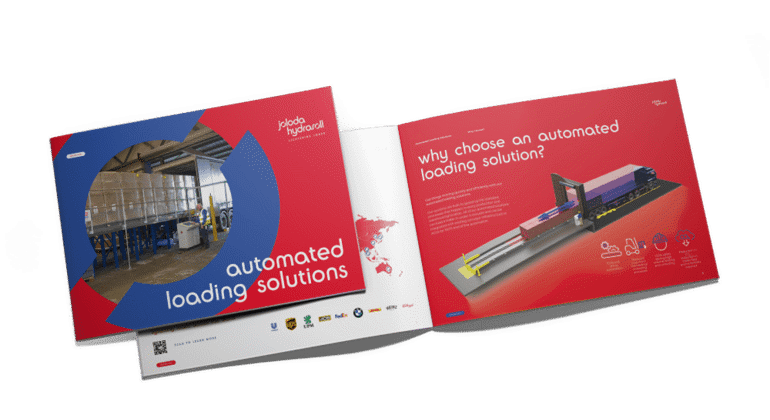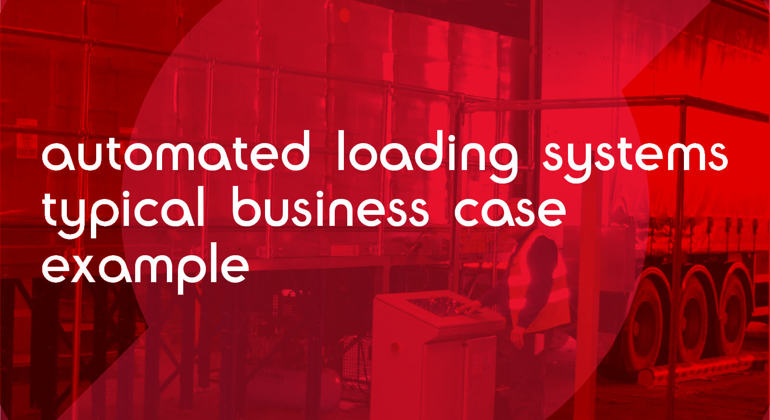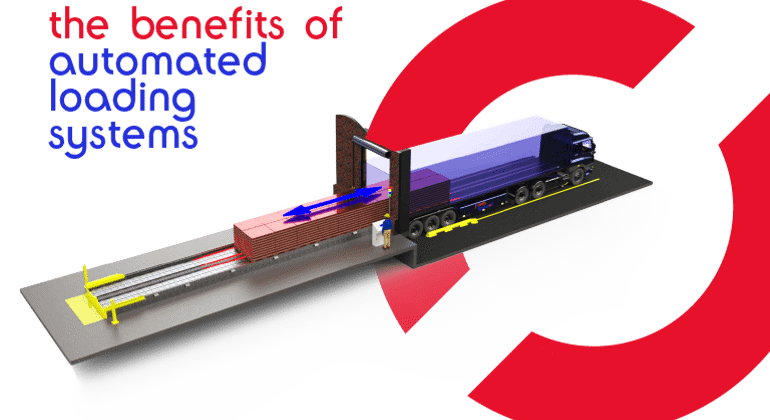In a warehouse, speed and efficiency are essential for a successful operation. Warehouses that take too long to get orders out to customers run the risk of those customers never ordering again from the business. The good news is there are lots of different ways you can optimise your warehouse so that it runs more efficiently and you stand better chances of keeping your customers happy.
In this post, we’re going to discuss what warehouse optimisation is, the importance of it and look at ways you can optimise your own warehouse. We’ll also discuss some of our automated loading solutions which can help you to operate a warehouse and bring it closer to maximum efficiency.
Book a FREE Loading Assessment
Learn how to make the loading process safer and more efficient with a no-obligation assessment...
BOOK NOW